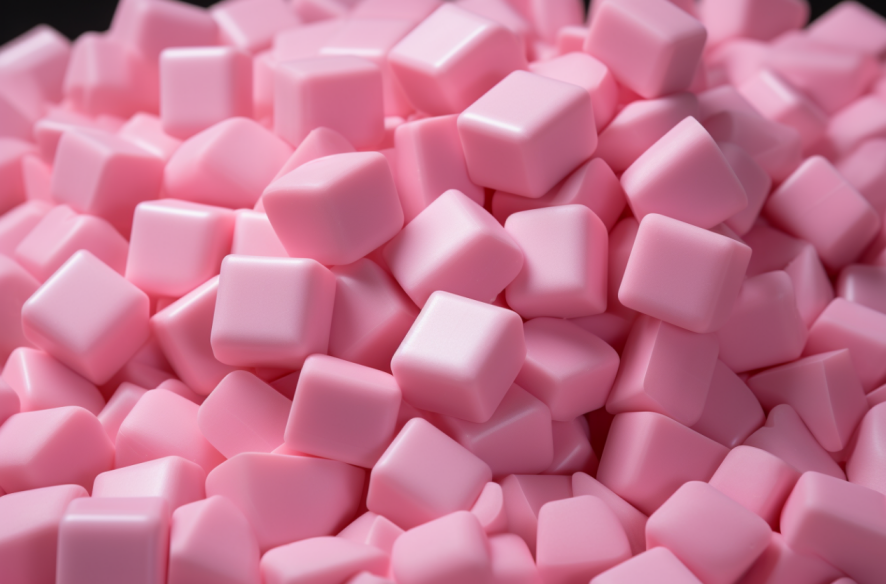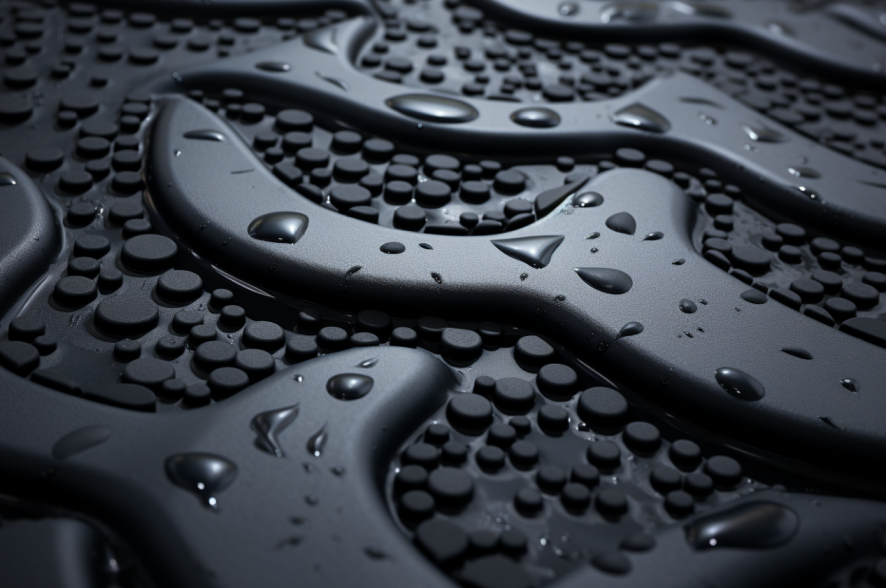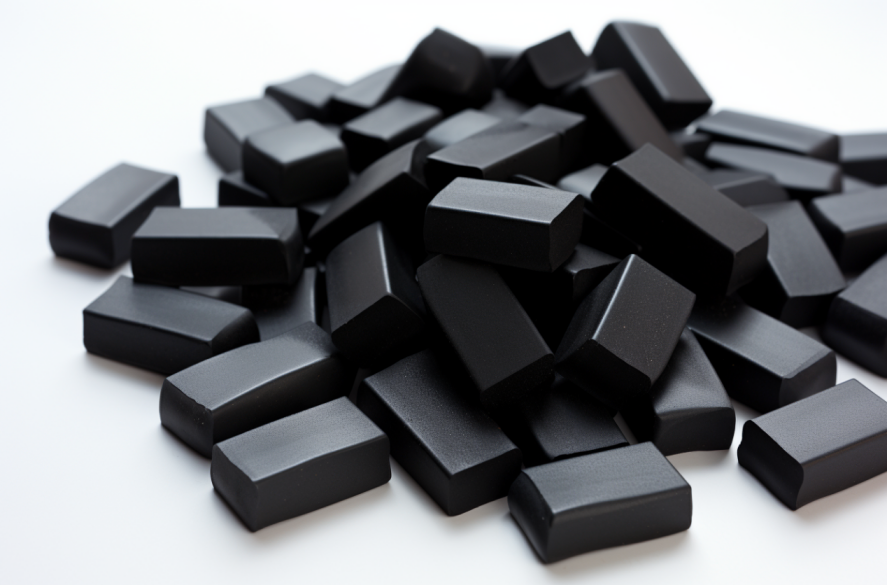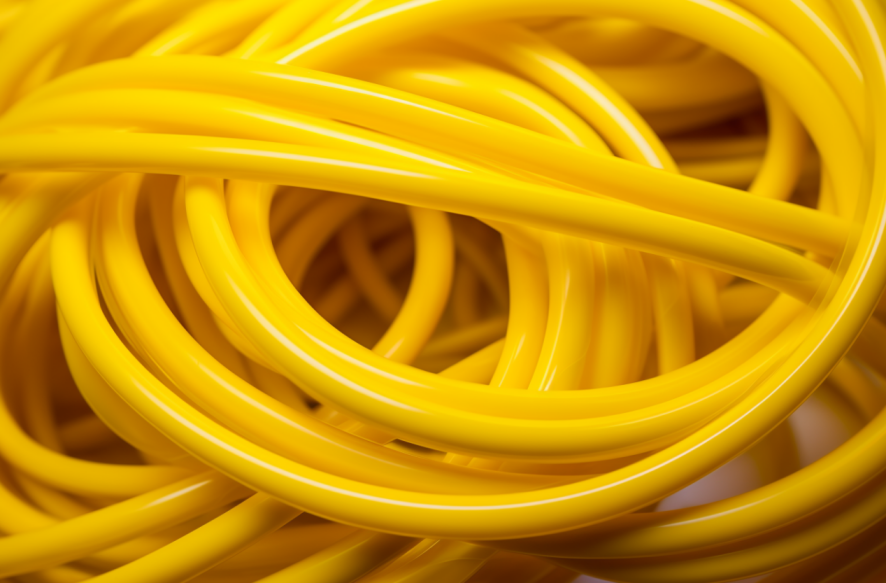Butadiene Rubber BR: Properties and Applications
19/01/2024
Butadiene rubber (BR) is a synthetic rubber that is commonly used in various applications due to its unique properties. It is a type of elastomer that is produced from the polymerization of butadiene. BR is known for its excellent abrasion resistance, high elasticity, and low temperature flexibility, making it a popular choice in the manufacturing of tires, hoses, gaskets, and other products.
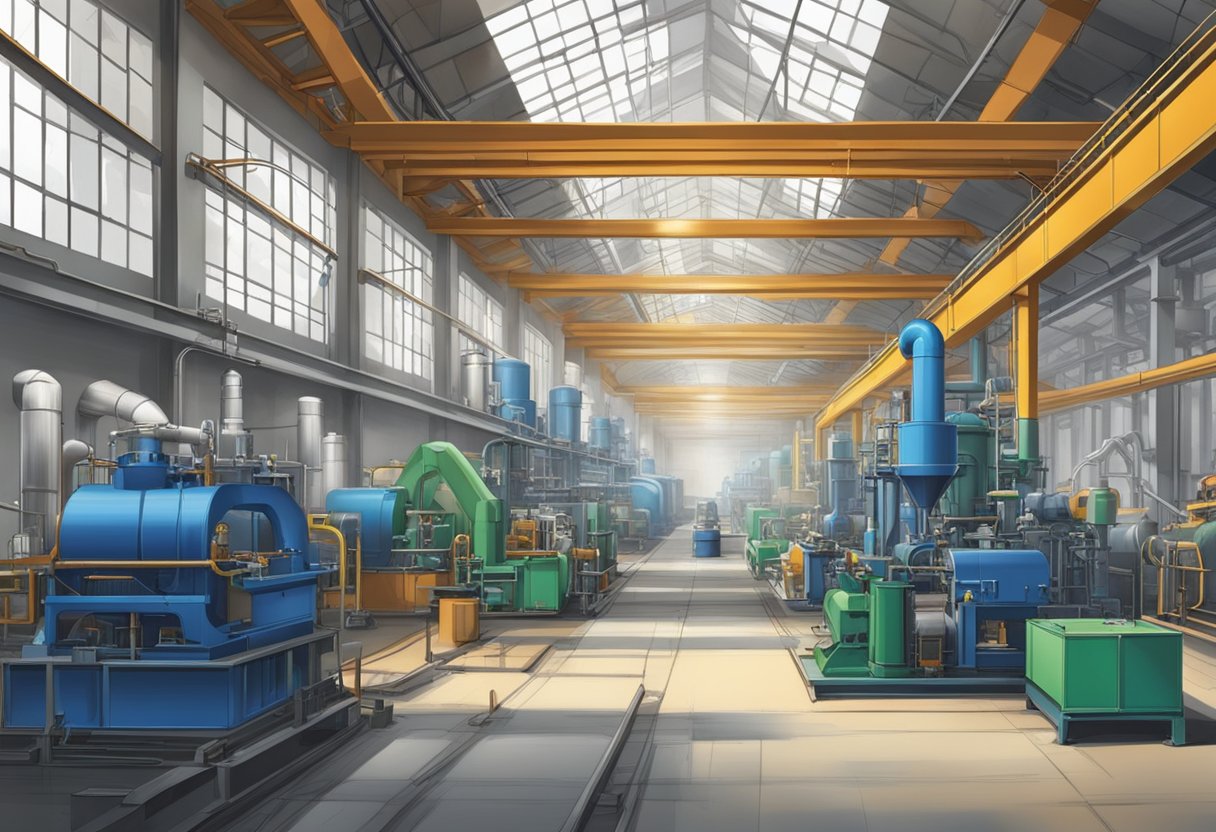
BR is a versatile material that can be modified to suit specific needs. It can be blended with other materials to enhance its properties, such as increasing its resistance to heat, oil, and chemicals. Additionally, the molecular structure of BR can be altered to improve its performance in different environments. For example, high cis-BR has a higher level of elasticity and low temperature flexibility, while high trans-BR has better resistance to heat and chemicals.
Overall, BR is a valuable material that has a wide range of applications in various industries. Its unique properties make it a popular choice for manufacturers who require a durable and flexible material that can withstand harsh conditions.
Chemical Properties
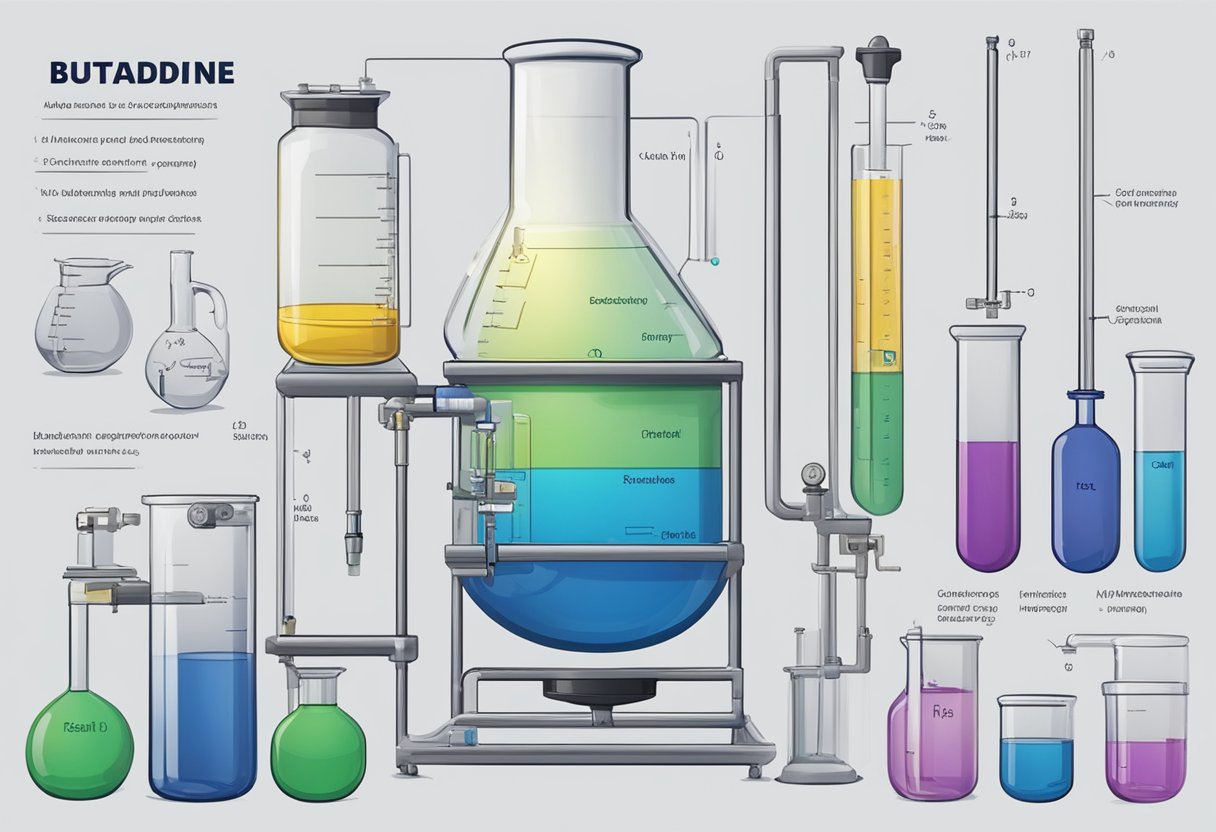
Monomer Structure
Butadiene rubber (BR) is a synthetic rubber that is derived from the monomer butadiene. The monomer has a chemical formula of C4H6, and it is a colorless gas with a mild odor. The structure of the butadiene monomer consists of two vinyl groups (CH2=CH-) separated by two methylene (-CH2-) groups. The double bonds in the vinyl groups make the monomer highly reactive, allowing it to undergo polymerization to form the BR polymer.
Polymerization Process
The polymerization of butadiene to form BR can occur through a variety of processes, including solution, emulsion, and mass polymerization. In solution polymerization, the monomer is dissolved in a solvent and reacted with a catalytic system to form the polymer. Emulsion polymerization involves dispersing the monomer in water using surfactants and then polymerizing it using a catalytic system. Mass polymerization is carried out without the use of a solvent or surfactant, and the polymerization occurs in the bulk of the monomer.
During polymerization, the double bonds in the butadiene monomer are broken, and the monomer units are linked together to form a long chain polymer. The resulting BR polymer has a high degree of flexibility, good abrasion resistance, and low compression set. Additionally, the polymer has good resistance to oils, solvents, and chemicals, making it ideal for use in a variety of applications, including tires, hoses, and seals.
Overall, the chemical properties of butadiene rubber make it a versatile and useful material in various industries.
Production of Butadiene Rubber
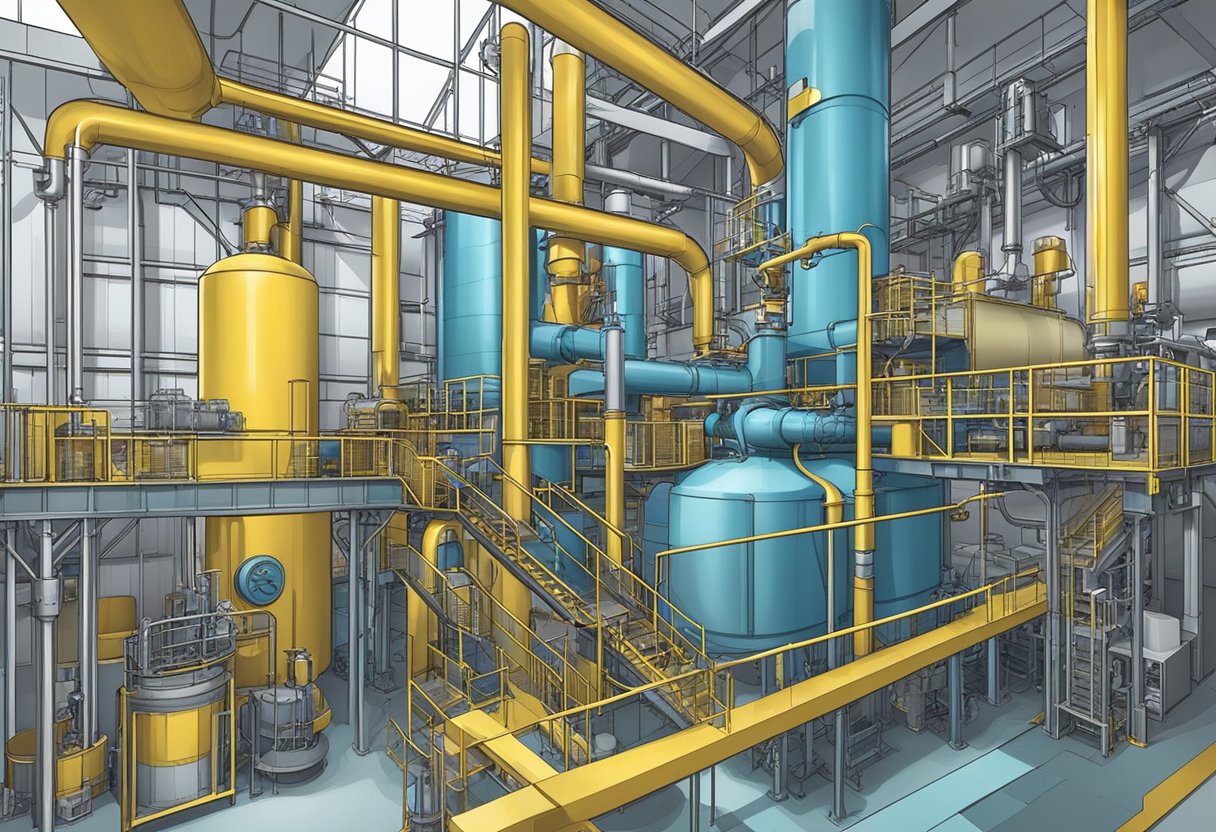
Industrial Synthesis
Butadiene rubber (BR) is a synthetic rubber that is produced through the polymerization of butadiene. The industrial production of butadiene rubber involves the polymerization of butadiene in the presence of a catalyst. The polymerization process can be carried out using either solution polymerization or emulsion polymerization.
In solution polymerization, butadiene is dissolved in a suitable solvent, and a catalyst is added to initiate the polymerization reaction. The resulting polymer is then recovered by precipitation, stripping, and drying.
Emulsion polymerization, on the other hand, involves the dispersion of butadiene in water, along with a surfactant and a catalyst. The polymerization reaction takes place in the aqueous phase, and the resulting polymer is recovered by coagulation, washing, and drying.
Catalysts Used
The catalysts used in the production of butadiene rubber include anionic catalysts, cationic catalysts, and Ziegler-Natta catalysts. Anionic catalysts, such as lithium alkyls, are commonly used in solution polymerization, while cationic catalysts, such as boron trifluoride, are used in emulsion polymerization.
Ziegler-Natta catalysts, which are based on transition metal compounds, are also used in the production of butadiene rubber. These catalysts are highly selective and produce high-quality polymers with a narrow molecular weight distribution.
In addition to the catalysts, other additives, such as antioxidants and processing aids, may be added to the polymerization mixture to enhance the properties of the resulting butadiene rubber.
Physical Properties
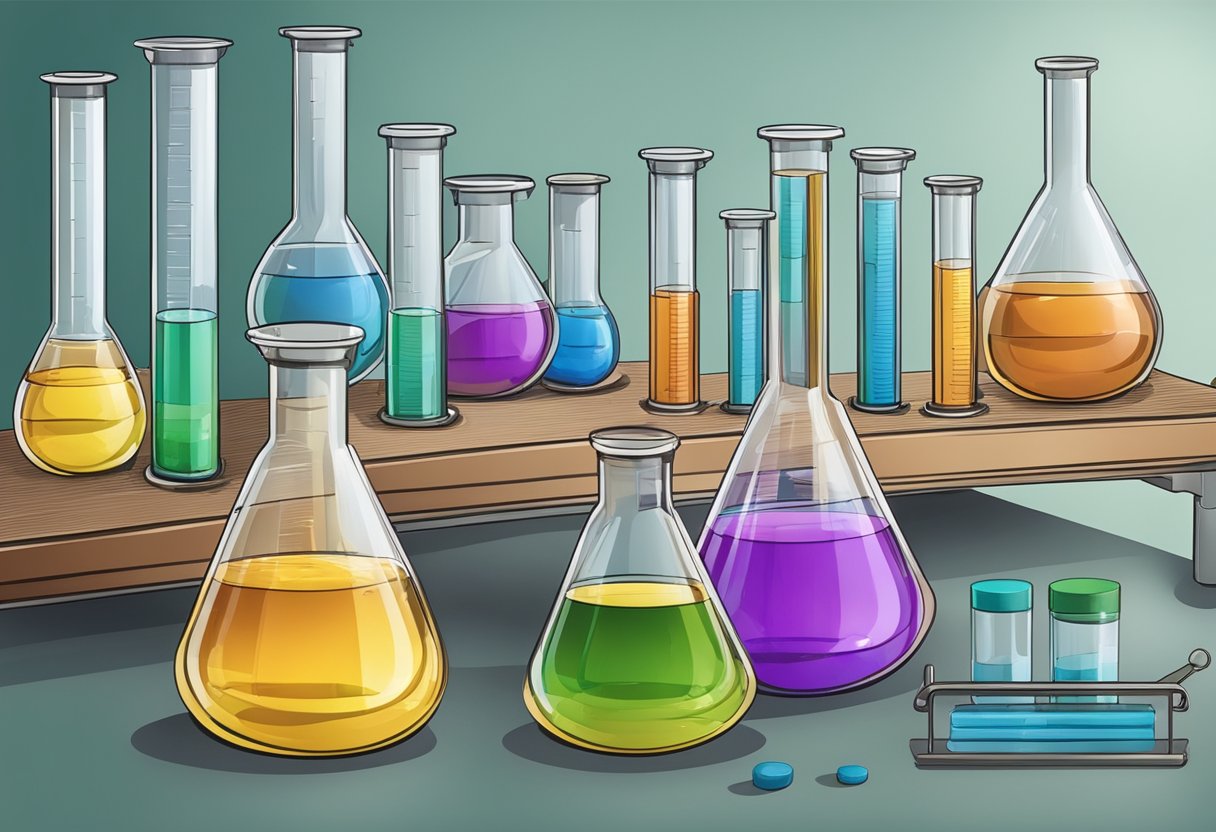
Elasticity
Butadiene rubber (BR) is known for its excellent elasticity, which is a result of its high cis-1,4 content. This gives it the ability to return to its original shape after being stretched or compressed. BR has a low glass transition temperature, which means it remains flexible even at low temperatures. It also has a low compression set, which means it maintains its shape and size even after being compressed.
Thermal Stability
BR has good thermal stability, which makes it suitable for use in high-temperature applications. It has a high resistance to heat, which means it can maintain its physical properties even at high temperatures. However, it is important to note that BR can degrade when exposed to UV light and ozone.
To improve its thermal stability, BR can be blended with other rubbers such as styrene-butadiene rubber (SBR) or natural rubber (NR). This can improve its resistance to heat and UV light, as well as its overall durability.
In summary, BR has excellent elasticity and thermal stability, making it a popular choice for a variety of applications. Its unique properties make it suitable for use in the automotive industry, construction, and even in consumer products such as footwear and sporting goods.
Applications
Automotive Industry
Butadiene rubber (BR) finds extensive use in the automotive industry due to its excellent properties such as high abrasion resistance, good low-temperature flexibility, and high resilience. BR is used in the manufacturing of various automotive components such as tires, belts, hoses, and seals. BR is also used in the production of shock absorbers, engine mounts, and other vibration control applications.
In the tire industry, BR is used as a key ingredient in the production of high-performance tires. The addition of BR to tire compounds improves the abrasion resistance, reduces rolling resistance, and enhances wet grip. BR also improves the durability of tires, making them last longer.
Consumer Goods
BR is widely used in the production of consumer goods such as footwear, sporting goods, and adhesives. In footwear, BR is used as a sole material due to its high abrasion resistance and good flexibility. BR is also used in the production of shoe soles as it provides good slip resistance and comfort.
In the sporting goods industry, BR is used in the production of golf ball cores, tennis racket grips, and diving suits. BR provides good resilience and durability, making it an ideal material for such applications.
BR is also used in the production of adhesives, where it provides good tack and adhesion properties. BR-based adhesives are used in the bonding of various materials such as rubber, metal, and plastics.
Overall, the excellent properties of BR make it a highly versatile material with a wide range of applications in various industries.
Environmental Impact
Biodegradability
Butadiene rubber (BR) is not biodegradable. This means that it cannot be broken down by natural processes like bacteria or fungi. As a result, it can accumulate in the environment and potentially cause harm to ecosystems and wildlife.
Recycling and Disposal
BR can be recycled, but it can be difficult to do so. It is often mixed with other materials, which makes it harder to separate and reuse. Additionally, the recycling process can be energy-intensive and may produce harmful byproducts.
When it comes to disposal, BR should be treated as hazardous waste. It should not be incinerated or placed in landfills, as this can release harmful chemicals into the air and water. Instead, it should be disposed of at a specialized facility that can handle hazardous materials safely.
Overall, while BR has many useful applications, it is important to consider its environmental impact and take steps to minimize any potential harm.
Market Trends
Global Demand
Butadiene rubber (BR) is a highly demanded synthetic rubber in the global market. The market for BR is driven by its superior physical properties such as high resilience, low hysteresis, and excellent abrasion resistance. BR is widely used in the production of tires, footwear, conveyor belts, and other industrial products.
The global demand for BR is expected to grow steadily in the coming years. The increasing demand for automobiles and the growth of the construction industry are the major factors driving the market growth. Moreover, the growing demand for eco-friendly and sustainable products is expected to create new opportunities for the BR market.
Price Fluctuations
The price of BR is subject to fluctuations due to various factors such as raw material prices, supply-demand imbalances, and geopolitical tensions. The price of BR is also affected by the price of crude oil, as it is a key raw material for the production of BR.
The BR market is highly competitive, with major players such as Lanxess, Kumho Petrochemical, and JSR Corporation dominating the market. These companies are constantly investing in research and development to improve the quality and performance of BR.
In conclusion, the BR market is expected to witness steady growth in the coming years, driven by the increasing demand from the automotive and construction industries. However, the market is also subject to price fluctuations due to various factors, which makes it important for companies to stay competitive by investing in research and development.
Regulatory Framework
Health and Safety Regulations
Butadiene rubber (BR) is a synthetic rubber that is widely used in the manufacturing of various products due to its excellent physical and chemical properties. However, the production, handling, and use of BR can pose health and safety risks to workers and the general public.
To ensure the safe use of BR, regulatory agencies such as the Occupational Safety and Health Administration (OSHA) in the United States have established guidelines for the handling and use of BR. These guidelines include the use of personal protective equipment (PPE), proper ventilation systems, and regular monitoring of workplace air quality.
Additionally, OSHA has set exposure limits for BR to prevent overexposure and minimize the risk of adverse health effects such as respiratory irritation, skin sensitization, and cancer. Employers are required to monitor worker exposure to BR and take appropriate measures to reduce exposure levels if necessary.
Environmental Regulations
The production and use of BR can also have environmental impacts, particularly in terms of air and water pollution. To address these concerns, regulatory agencies such as the Environmental Protection Agency (EPA) in the United States have established regulations to minimize the release of BR into the environment.
These regulations require companies to implement pollution prevention measures, such as using closed systems to prevent the release of BR into the air or water. Additionally, companies must monitor their emissions and report them to regulatory agencies to ensure compliance with environmental regulations.
Overall, the regulatory framework for BR aims to ensure the safe handling and use of BR while minimizing its impact on human health and the environment. Companies that use BR must comply with these regulations to ensure the safety of their workers and the surrounding community.

